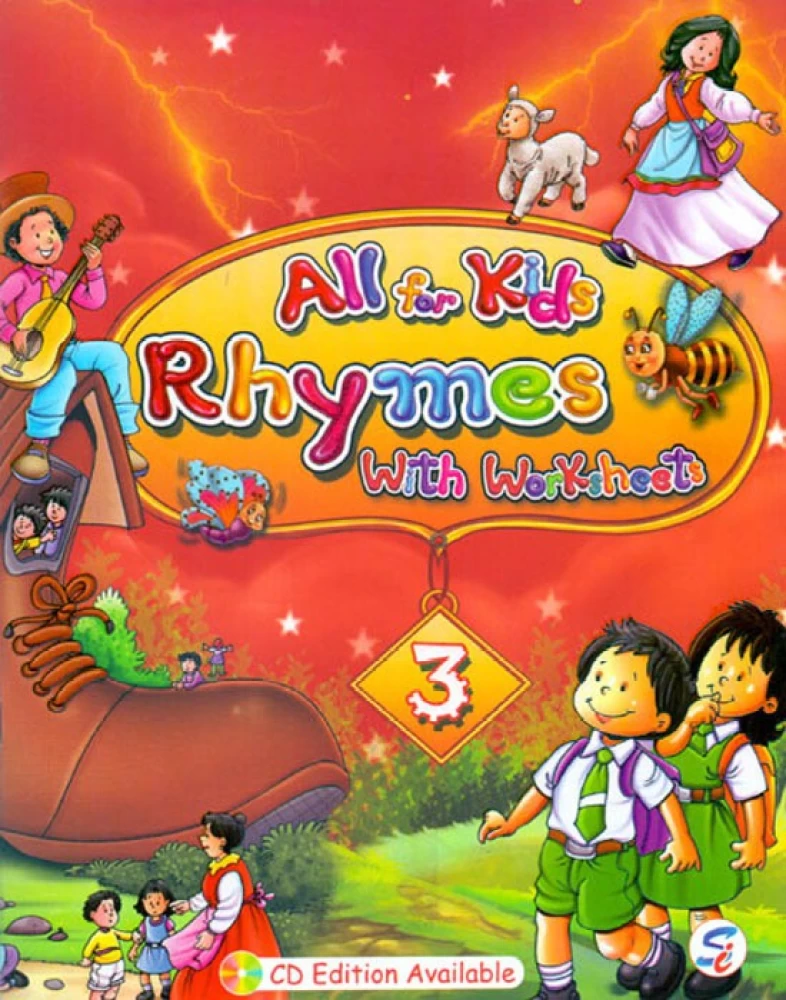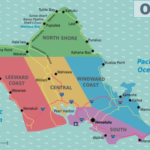Introduction
Rhyming is a fundamental aspect of poetry, songwriting, and various forms of creative writing. The word “all” is a versatile term that can be paired with numerous rhymes, enhancing the lyrical quality of a piece. This article explores the different types of rhymes associated with “all,” including perfect rhymes, near rhymes, and multi-syllable phrases. Additionally, we will provide a table summarizing these rhymes and a FAQ section to address common queries related to rhyming.
Types of Rhymes
Perfect Rhymes
Perfect rhymes are words that have identical ending sounds. For “all,” some examples include:
- Ball
- Call
- Fall
- Hall
- Mall
- Tall
- Wall
Near Rhymes
Near rhymes, also known as slant rhymes, have a similar but not identical sound. Examples include:
- Awful
- Brawl
- Install
- Recall
- Overall
Multi-syllable Rhymes
These are phrases or longer words that rhyme with “all.” Examples include:
- Basketball
- Carnival
- Free-for-all
- Waterfall
- Neanderthal
Rhymes with “All” – A Comprehensive List
Here’s a detailed list of words and phrases that rhyme with “all,” categorized by the number of syllables:
| Syllable Count | Rhymes |
|---|---|
| 1 | All, Ball, Call, Fall, Mall, Tall, Wall |
| 2 | Appall, Befall, Install, Recall, Overall |
| 3 | Basketball, Carnival, Free-for-all, Waterfall |
| 4 | Neanderthal, Disavowal, Overhaul |
| 5+ | Unintentional, Environmental |
Usage in Poetry and Songwriting
Rhymes enhance the musicality of language, making it more engaging. In poetry, the use of rhymes can create rhythm and flow. In songwriting, rhymes can help convey emotions and themes effectively. For example, a line like “In the hall where shadows fall” uses perfect rhymes to create a vivid image.
Rhyming Techniques
To effectively incorporate rhymes into your writing, consider the following techniques:
Rhyme Scheme
A rhyme scheme is a pattern of rhyming lines in a poem. It can be consistent throughout the poem or vary between stanzas. Common rhyme schemes include:
- AABB: All, ball – Call, tall
- ABAB: Ball, call – Fall, all
- ABCB: Ball, fall – Mall, all
Internal Rhymes
Internal rhymes occur within a single line of poetry. For example:”The ball bounced high, then fell to the ground.”In this line, “high” and “fell” create an internal rhyme.
Slant Rhymes
Slant rhymes, also known as near rhymes, have a similar but not identical sound. They can add depth and complexity to a poem. Examples include:
- “Brawl” and “all”
- “Sprawl” and “ball”
- “Stall” and “call”
Rhyming Couplets
A rhyming couplet consists of two consecutive lines that end with words that rhyme. For instance:”The basketball bounced high,
Reaching for the sky.”
Rhyming Triplets
A rhyming triplet is a group of three consecutive lines that end with words that rhyme. For example:”The basketball bounced,
Reaching for the clouds,
Falling to the ground.”
Rhyming in Different Genres
Rhyming is used in various genres, each with its own unique style and purpose.
Poetry
Rhyming is a fundamental element of traditional poetry. Poets often use rhymes to create rhythm, emphasize themes, and evoke emotions. For instance, in the poem “Daffodils” by William Wordsworth, the rhyme scheme ABABCC is used to create a melodic flow:”I wandered lonely as a cloud
That floats on high o’er vales and hills,
When all at once I saw a crowd,
A host, of golden daffodils;
Beside the lake, beneath the trees,
Fluttering and dancing in the breeze.”
Songwriting
Rhyming is essential in songwriting, as it helps create catchy melodies and memorable lyrics. Songwriters often use rhymes to convey emotions, tell stories, and create a sense of unity within a song. For example, in the song “Imagine” by John Lennon, the rhyme scheme AABB is used to create a simple yet powerful message:”Imagine all the people
Living life in peace.
You may say I’m a dreamer,
But I’m not the only one.”
Nursery Rhymes
Rhyming is a crucial element in nursery rhymes, as it helps children learn language and develop their listening skills.
FAQ Section
What is a rhyme?
A rhyme is a repetition of similar sounds in the final stressed syllables of two or more words. Rhymes are often used in poetry and songs to create rhythm and enhance the lyrical quality.
Why are rhymes important in writing?
Rhymes add musicality and structure to writing. They can evoke emotions, create memorable phrases, and enhance the overall aesthetic of a piece.
Can you give examples of perfect rhymes with “all”?
Yes, perfect rhymes with “all” include words like ball, call, fall, and mall.
What are some near rhymes for “all”?
Near rhymes for “all” include words like awful, brawl, and install.
How can I use rhymes effectively in my writing?
To use rhymes effectively, consider the theme and tone of your piece. Experiment with different types of rhymes and ensure they enhance the message you want to convey.
Conclusion
Understanding the various rhymes associated with “all” can significantly enhance your writing, whether in poetry, songwriting, or other creative endeavors. By utilizing perfect rhymes, near rhymes, and multi-syllable phrases, you can create a rich tapestry of sound that captivates your audience.For further information, you can explore resources like Wikipedia which provide additional insights into the concept of rhyming.This article serves as a foundational guide to rhyming with “all,” offering a variety of examples and practical applications to inspire your creative work.



